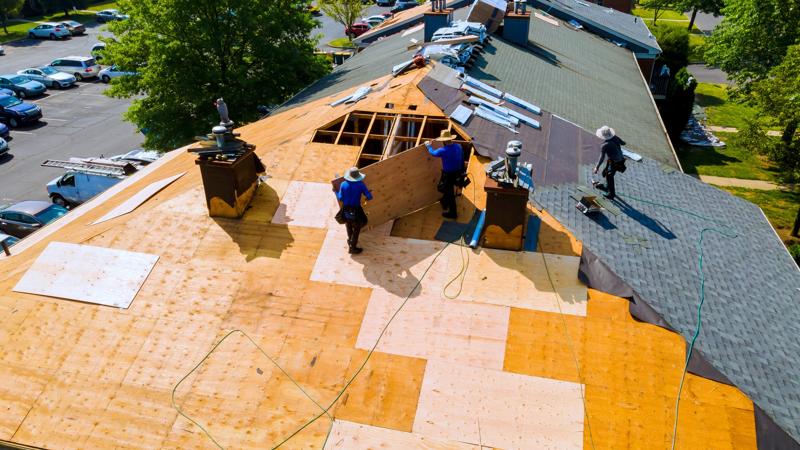Singapore 3d Printing

Singapore 3D Printing: Driving Innovation in the Island City-State
Welcome to the emerging world of 3D printing, where imagination becomes reality. Singapore, a bustling city-state known for its technological advancements, has become a prominent hub for this innovative technology, revolutionizing industries such as healthcare, construction, and automotive. Let's take a deep dive into the realm of 3D printing in Singapore, exploring its incredible growth, the companies leading the change, education programs, and the government's role in supporting this technological revolution.
Singapore: A Pioneering Leader in 3D Printing Industry
With a keen focus on developing itself as a global leader in technology, Singapore is witnessing an array of advancements in 3D printing. The technology has been embraced by various sectors, from healthcare, where doctors specialize in 3D printing biological organs, to construction, where companies build intricate building prototypes or even actual building parts. Companies such as Creatz3D, 3D Matters, and Additive3D Asia are actively pushing the boundaries, developing new techniques and applications for the technology.
Singapore's strategic location, robust infrastructure, and thrust on research and development encourage such firms to establish their base in the city-state. As they intertwine technology and creativity, these organizations are redefining the future of materials, construction, and healthcare, shaping the way we interact with the world.
Enhancements in Healthcare via 3D Printing
In healthcare, 3D-printing has seen impressive strides. Surgeons are now able to prepare for procedures using 3D-printed organs, creating accurate reproductions of patient anatomy. This lends clarity when planning for complex surgeries, increasing the chances of success. Hospitals such as Raffles Hospital and KK Women’s and Children’s Hospital are no strangers to such advanced technology, using it for their medical operations.
Bioprinting, where living cells are combined with a gel to print body parts in 3D is another application. Singapore's NTUitive, a subsidiary of Nanyang Technological University, is working on this exciting technology. It has the potential to revolutionize transplants, reduce organ shortages, and bring about a new era of customized medicine.
Rapid Prototyping and Construction
3D printing’s benefits are equally visible in the construction and manufacturing sectors. Using 3D printing, architects and builders can produce models or prototypes more rapidly. It helps observe potential flaws in the design and rectify them before committing to full-scale manufacturing.
Companies like Hamilton Labs are making news as they unveiled Singapore’s first 3D-printed bathroom unit. Using advanced 3D printing technology, they managed to shorten the production time from two months to just a day. Such innovations in the construction sector confirm the potential impact of 3D printing technology when utilized to its fullest extent.
Education and 3D Printing in Singapore
Understanding the future impact of this technology, Singapore's educational institutions are initiating students into the world of 3D printing. Schools and colleges have started incorporating 3D design and printing in their curriculum. The Singapore University of Technology and Design (SUTD), for example, has a Digital Manufacturing and Design (DManD) lab where students can explore the potential of 3D printing.
Apart from formal education, companies like Imagin8ors and TinkerTanker host workshops for children to familiarize them with 3D design and printing. By cultivating these skills early, Singapore is preparing the next generation to engage with the technology that will shape our future.
Government's Active Role in Promoting 3D Printing
The Singapore government plays an active role in promoting 3D printing technology, recognizing it as a key component for the future. The National Additive Manufacturing Innovation Cluster (NAMIC) was launched to increase the adoption of additive manufacturing technologies and foster public-private partnerships.
The government's forward-thinking strategy shows its unwavering commitment to boost Singapore's reputation as a global frontier for technology and innovation. By providing funding assistance and opportunities for partnership, they are adding momentum to the growth of 3D printing in Singapore.
Conclusion
Singapore's journey in the realm of 3D printing exemplifies its continuous pursuit of greatness. From healthcare to construction to education, the island city-state is embracing 3D printing technology, setting stages for futuristic development. With government backing, thriving innovation, and holistic education, Singapore is fostering a dynamic environment for 3D printing to flourish. The revolution, indeed, is just beginning.











